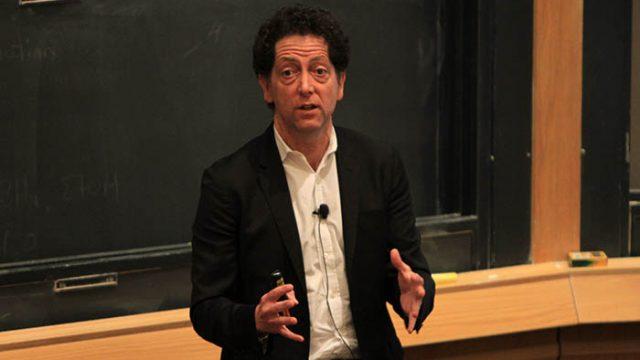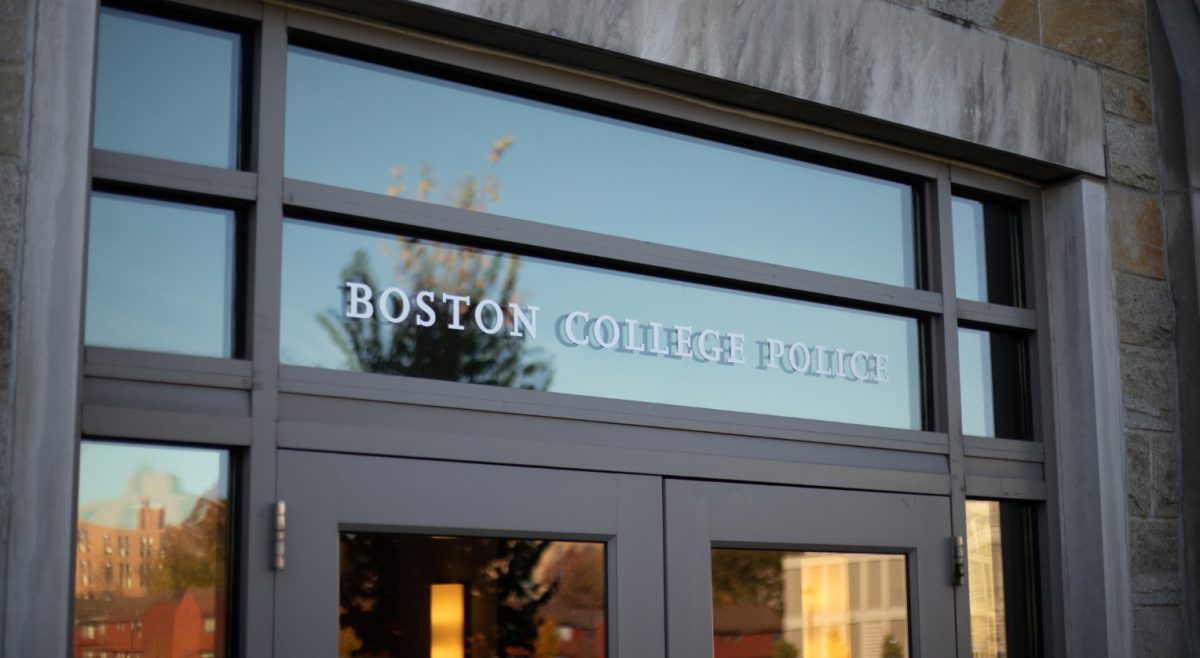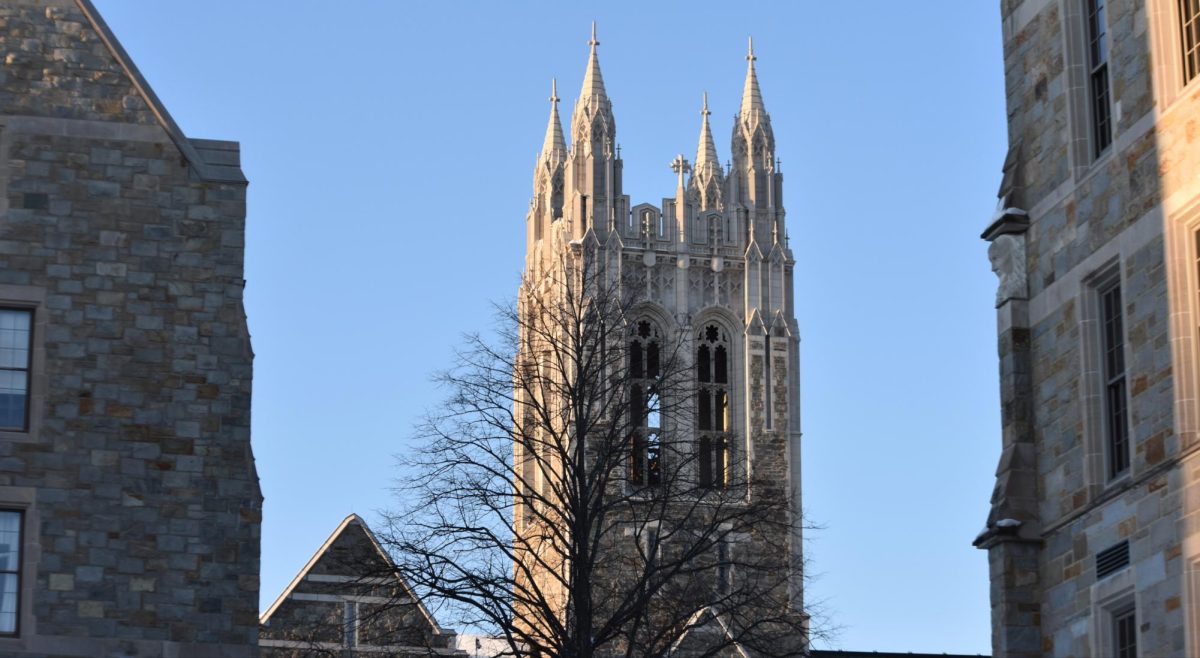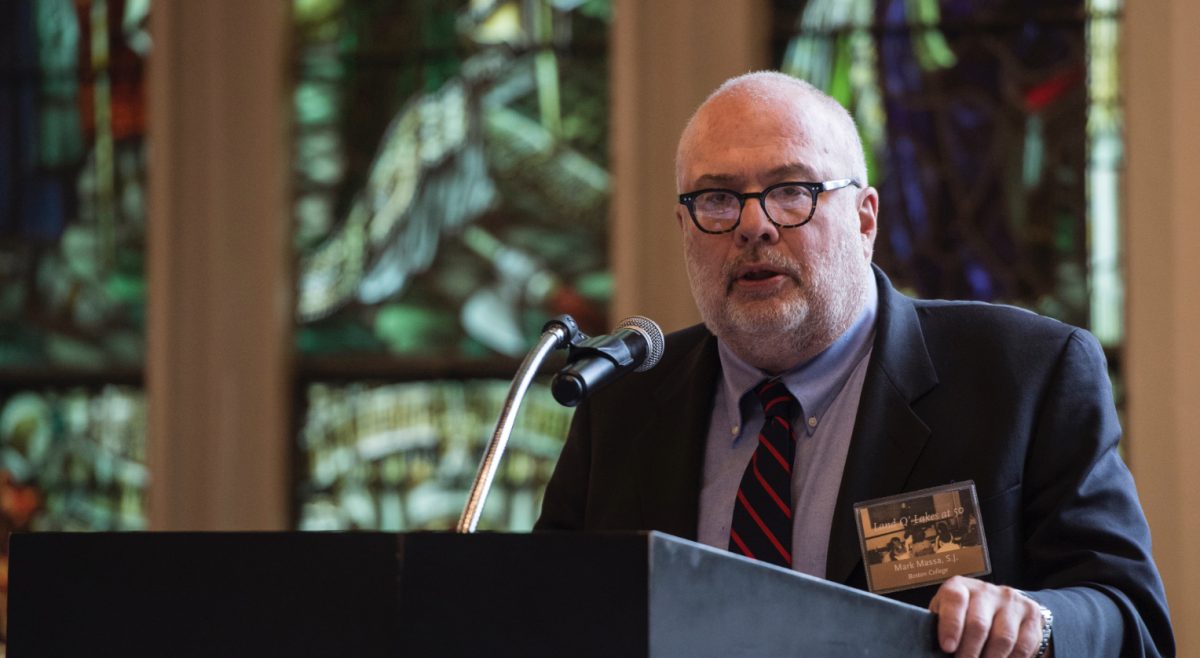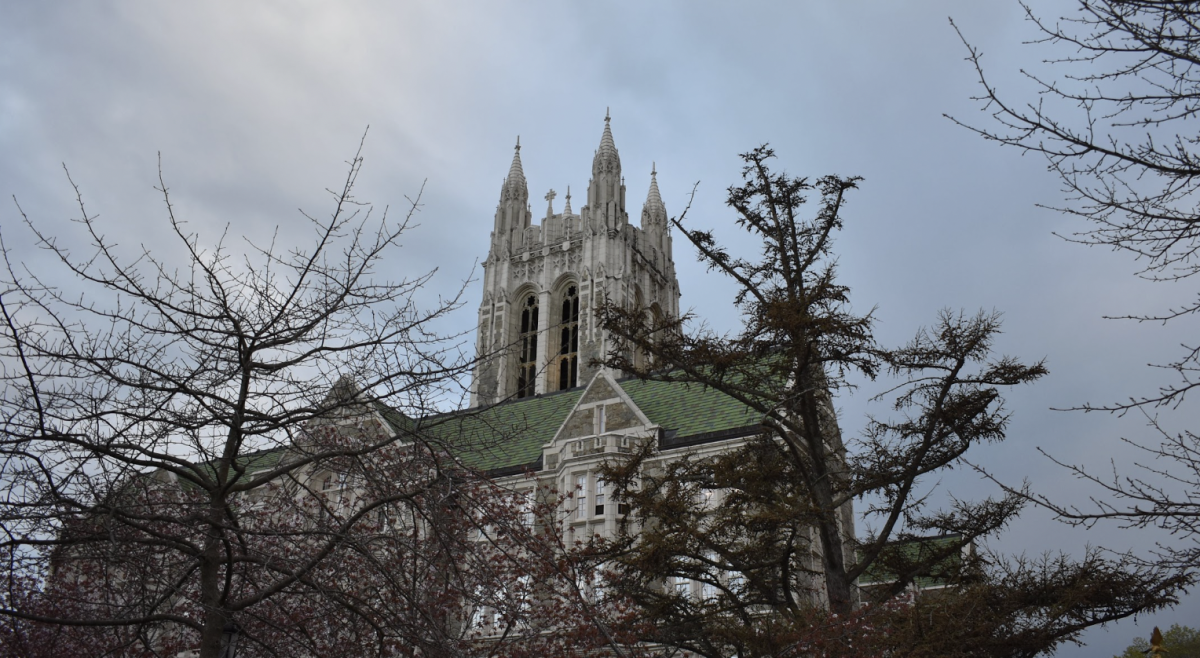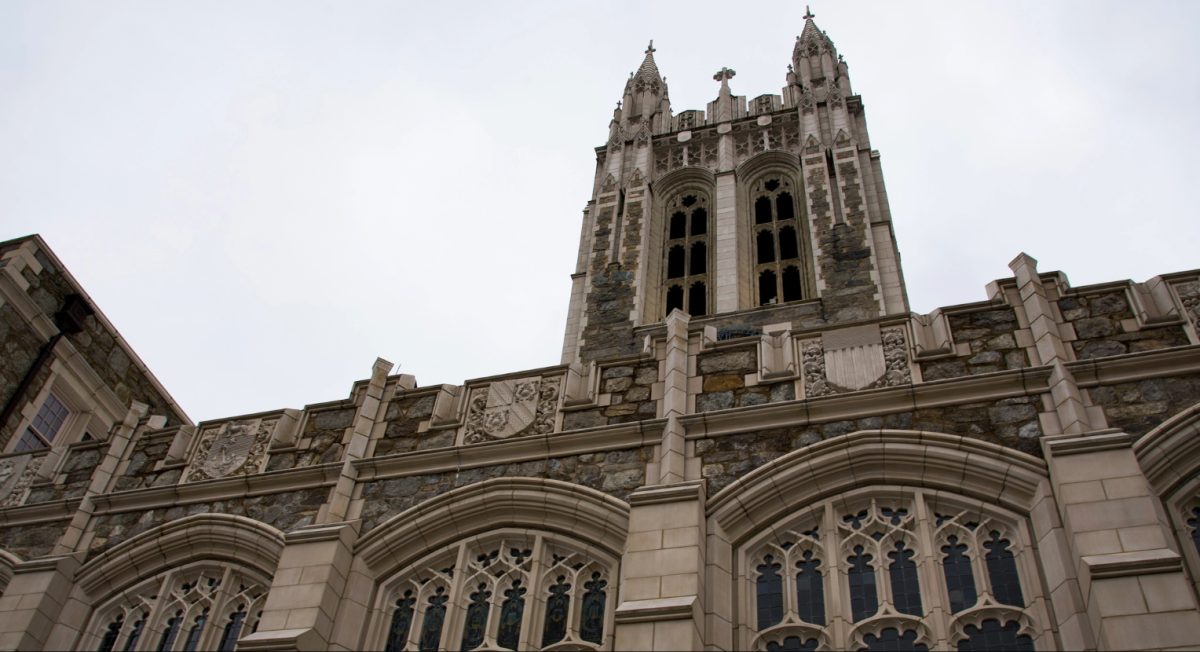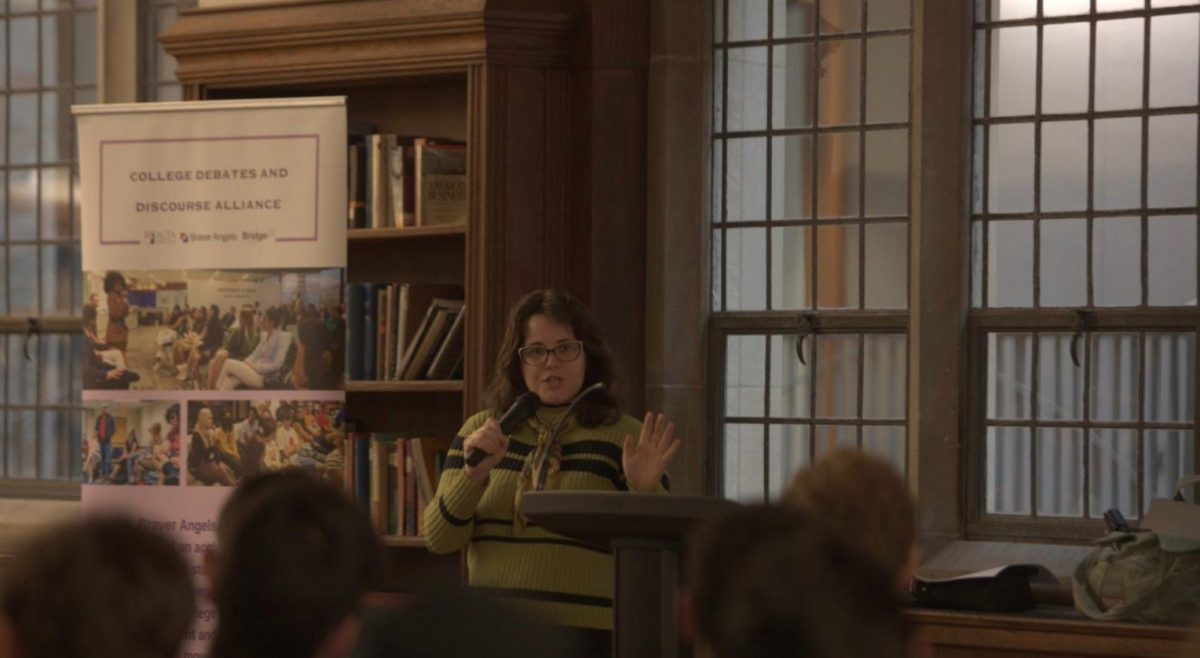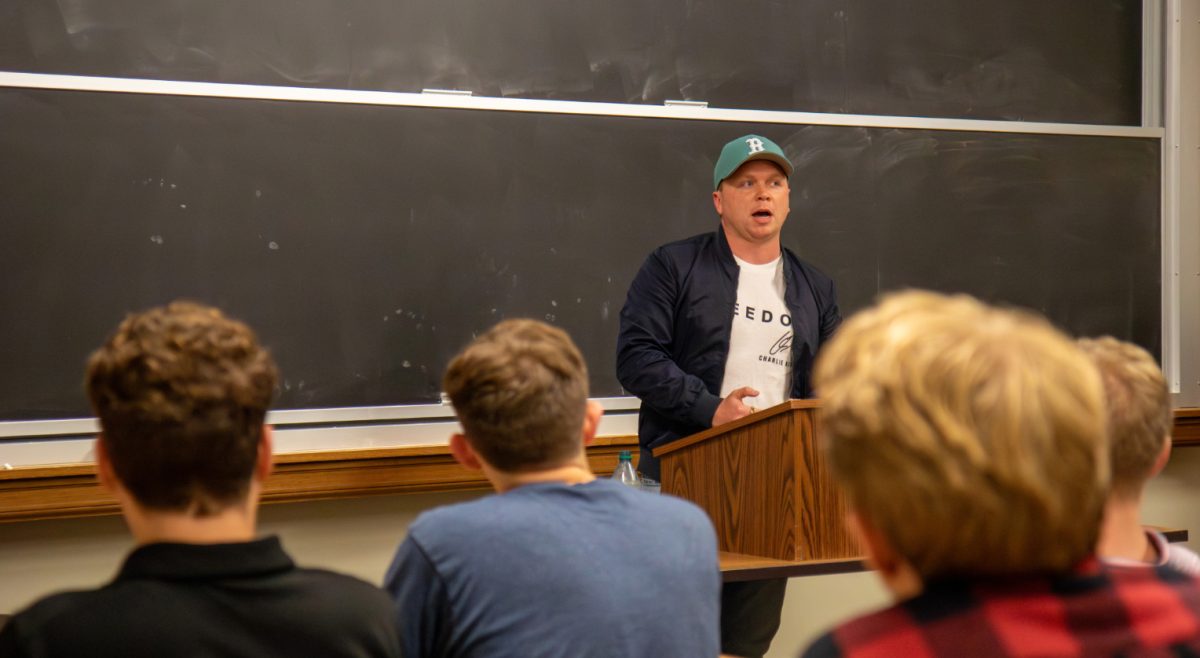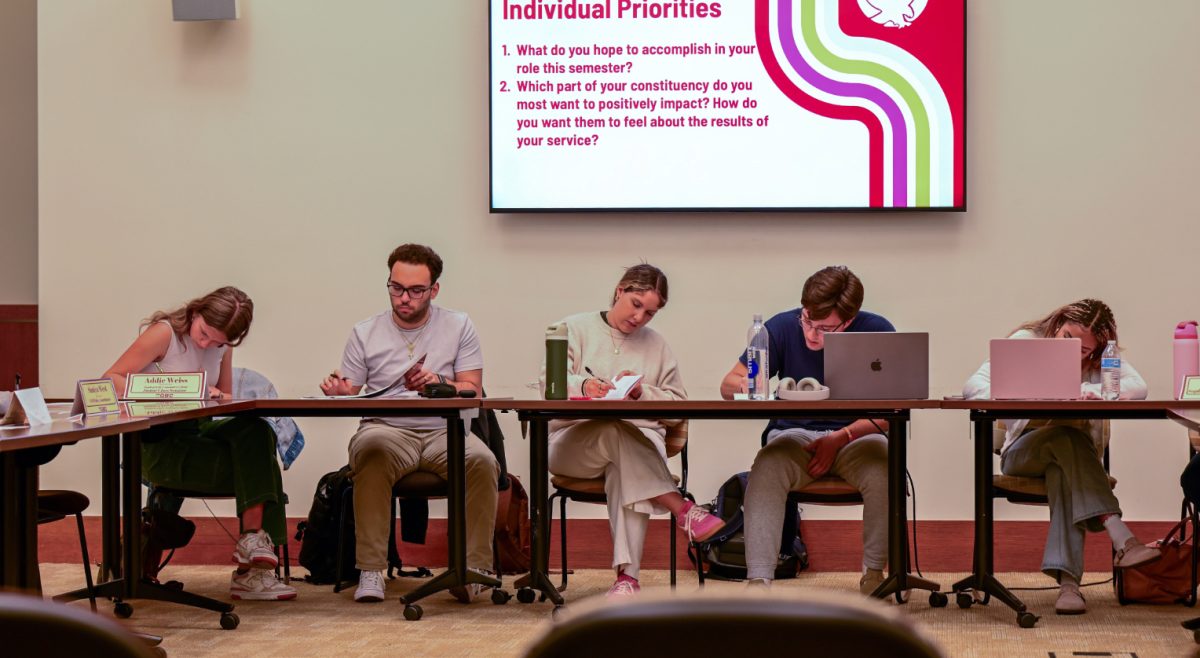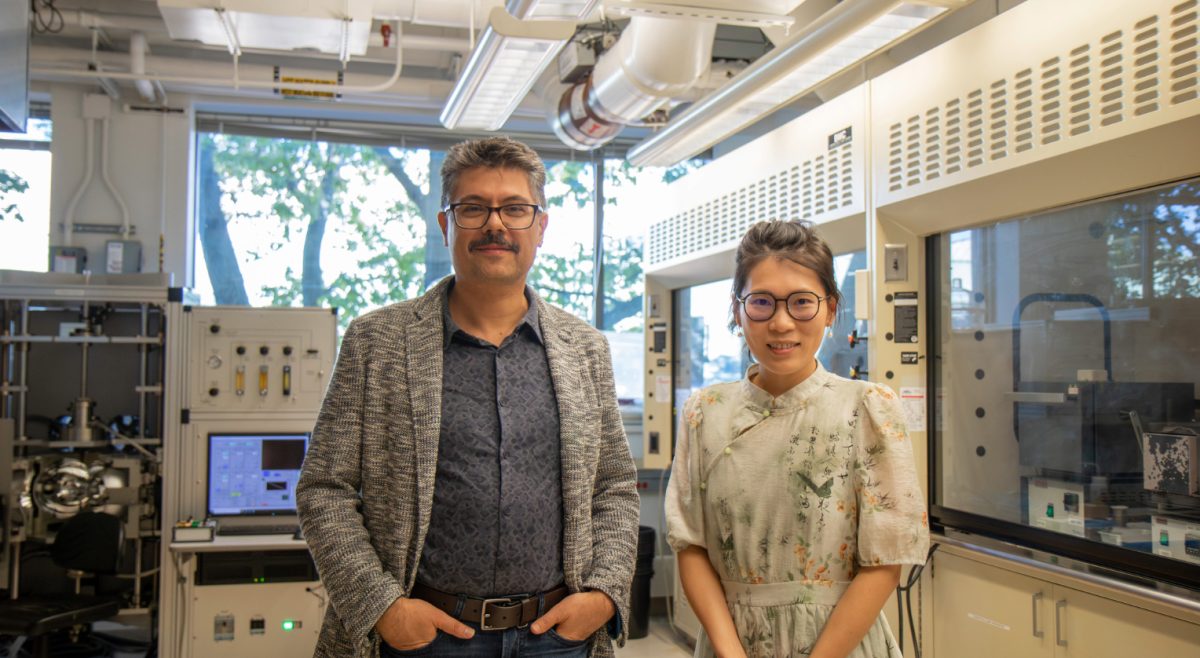Kevan Shokat, a chemistry professor and researcher, is trying to figure out how to harness his knowledge of cellular mutation to cure Parkinson’s disease.
As a part of the Boston College University Lectures in Chemistry series, Shokat is presenting a series of talks at Boston College over three days. This event was sponsored by the Chemistry Department and also by TCI America.
Shokat is a professor and chair in the department of Cellular and Molecular Pharmacology at the University of California, San Francisco; a professor in the Department of Chemistry at University of California, Berkeley; and an investigator with the Howard Hughes Medical Institute. He has won a variety of awards during his career including the Pew Award.
In his work, Shokat looks at biological processes that cause mutations and lead to diseases. Once he is able to deduce the source of the mutation or problem, he looks for molecules that can be used as solutions. Shokat looks at treatments for diseases that use molecules to repair broken processes in the body.
“Our purpose in many of the projects is to identify the aberrant signalling that is going on in the mutated cell and how it’s different than a normal cell, and then identify a small molecule that will go in and rewire the cell in order to shut it off but leave behind the normal signalling in the rest of the body,” he said.
Shokat explained the fundamentals of kinase and phosphatase, which are types of protein transfers that happen within cells. Within these protein transfers, the different proteins signal to each other to turn signals on and off. These signals indicate whether the cell is ready to receive something. The malfunction of these signals can cause diseases.
The multitudes of signalling and protein transfers that happen concurrently lead to complicated cellular processes, such as the Kinase/Phosphatase Loop. In this loop, thousands of signals happen at once, which combine to chase down and destroy bacteria in the body.
Shokat discussed two different examples where he and his colleagues have used this approach to treat diseases. Working with a colleague, Shokat looked at potential cellular mutations that could cause Parkinson’s Disease, especially early onset Parkinson’s. He identified seven different mutations that could be related to Parkinson’s and decided to study and experiment two that interacted.
Both the PINK I and Parkin’s proteins were identified as having mutations. These two work together in a pathway within cells in the area of the brain that is affected by Parkinson’s Disease. The PINK I protein identifies malfunctioning mitochondria and signals the Parkin’s protein to help fix the problem. When the PINK I is not working as it should, the mitochondria are not able to be fixed and cause damage to the cells.
Shokat explained how the PINK I protein is an abnormally shaped protein and finding a molecule that would facilitate a repair for its malfunction was a difficult process and they found a molecule that works almost by chance.
The approach that they used to correct the dead PINK I enzyme is called the Neo-Substrate approach, which improved the activity of the PINK I enzyme in the mutated cell and in non-mutated cases.
After talking on his work on the Parkinson’s Disease cells, he moved on to explain how he helped to determine molecule treatment that both helps to treat cancerous tumors and prevents and treats drug resistance.
The medicines that save lives and shrink tumors are the same drugs that allow individuals to build resistance to them. Shokat explained that for these kinds of drugs to be effective, they must inhibit at least 80 percent of the affected cells.
Shokat and his colleagues targeted a type of protein called the mechanistic target of Rapamycin (mTOR), which is involved with a cellular pathway that causes 45 percent of cancer. He and Masanori Okaniw, a visiting scientist from Japan, were able to develop a molecule, called “Rapa-link” that binds two sections of mTOR together.
This Rapa-link molecule corrects two different mutations in the mTOR protein, one that is caused by drug resistance and one that occurs naturally. The Rapa-link is a non-traditional molecule because of its heavy molecular weight.
Shokat emphasized that with all the progress he and other scientists are making with experiments like this, there is still so much about cell processes and pathways that is unknown.
“We are clueless about what we are clueless about,” he said.
Featured Image by Jake Cantina / Heights Staff

